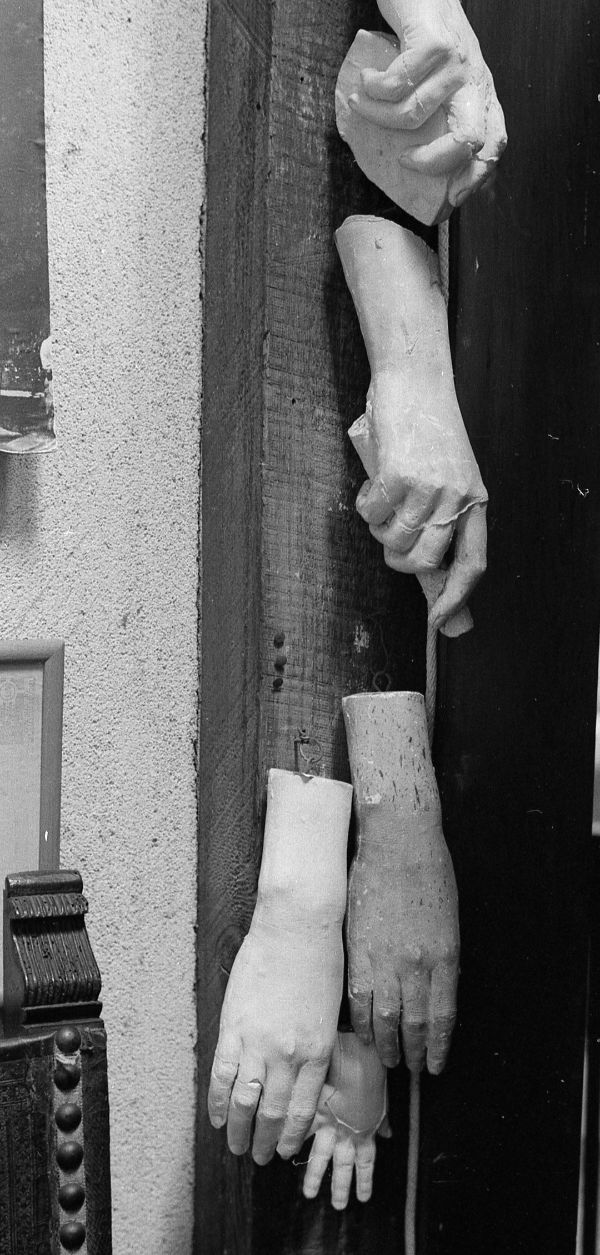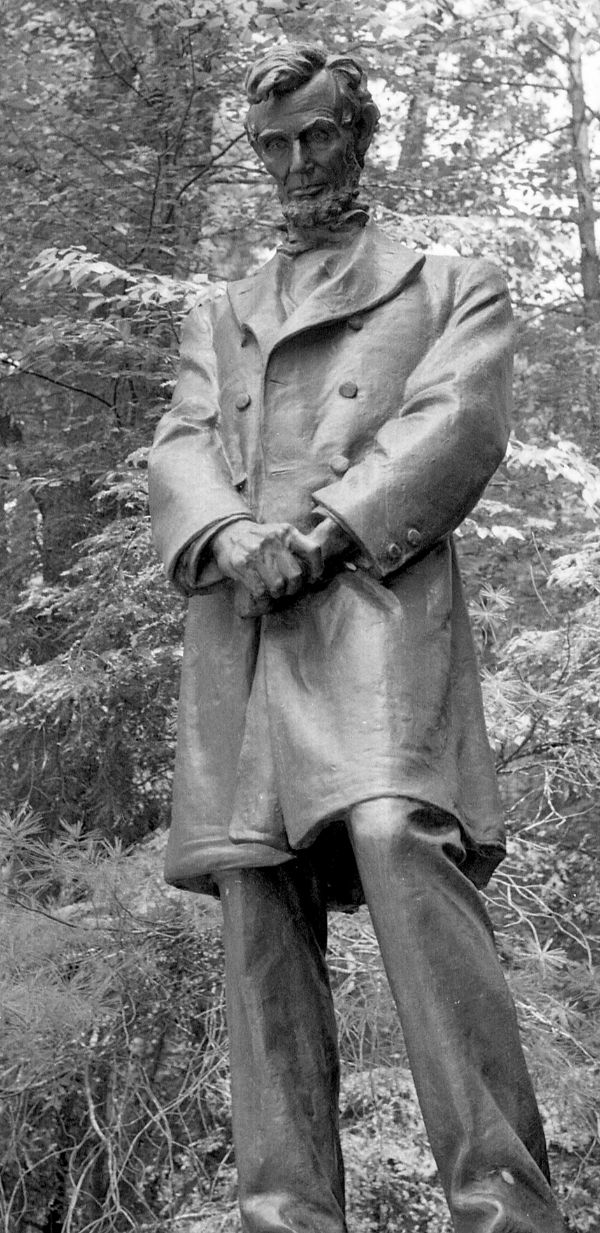
Monday was the 100th anniversary of the Lincoln Memorial’s dedication, and while that’s scarcely an event that should make us stop in reverent silence, it made me smile.
Time was — it always surprises me that there are sentient people who were born after the change, no pun intended — the back of the U.S. one-cent piece, the penny, depicted the Lincoln Memorial. If you had a new penny and a strong magnifying glass, you could see the names of the states in very tiny letters in that numismatic representation.
Movie fans might remember the (pretty good, I think) 1993 Clint Eastwood movie, “In the Line of Fire,” in which Eastwood (who turned 92 yesterday — can you imagine?) philosophized while sitting on the steps of the Lincoln Memorial. It has a lot of steps.
Though what come to mind when I think of the Lincoln Memorial are a couple of personal experiences that impart a kind of personal affection for the structure.
One was, what, 30 years ago or so. I traveled from New York to D.C. to visit a friend who was then a producer at CNN. She was all excited to show me Washington, which of course meant the National Mall. We had to have walked 10 miles that day, visiting every memorial and monument, even crossing the bridge to Arlington National Cemetery. On the way back, we stopped at the Lincoln Memorial. I hadn’t been there before and was surprised that the statue of the seated Lincoln was much smaller than I had imagined. It’s big, but he’s not presented as some colossus. It’s a stately, dignified statue in a stately, dignified place.
Which dignity remained even as we left the monument and my friend decided to take the quick way down. There are, as I mentioned, many steps. On each side of them there are polished marble ramps. She slid down one, to her and my great delight. (I did not follow; I’d lived in New York too long and was now loath to touch anything outside in public.)
Seeing Lincoln’s statue, then and now, took me back to the spring of 1979, when with family I visited Chesterwood in Stockbridge, Massachusetts, the home of Daniel Chester French. He’s the sculptor who made that statue of Lincoln.

The place felt haunted. No, not by the ghosts of departed people; that’s the realm of those more theologically knowledgeable than I am. Instead, it was haunted by the art that was made there. You could almost taste the industry and passion that had gone into the things made in this place. It was not haunted-as-frightening but haunted-as-invigorating. It didn’t make me want to run away. It made me want to get to work, not changing the shape of rocks but doing what I did the best I could do it.
There was a statue of Lincoln in Chesterwood’s garden, and the sculptor’s hand would have been obvious even were it someplace else. The proof that what took place there was good firmly in my mind, I visited his studio itself.
Sculpture is not, despite the famous aphorism, simply a matter of freeing the image from the stone that surrounds it. This was evident in the studio.
The detail that most captivated me was a collection of disembodied hands, hanging below a shelf. At first they seemed haunting in the scary use of the word.
In a nearby doorway, another collection of ghostly hands draped down, like the day’s catch of fish or perhaps Indian corn as part of a winter bouquet.
This was interesting, but it became fascinating when I asked about them and received a surprising answer: The hands were plaster casts that French made of his own hands, to guide him in envisioning and ultimately immortalizing the hands of Abraham Lincoln in that vast memorial on the mall.
I made a couple of pictures, which you can see here. One of them hangs on my living room wall, both because I think it’s pretty and because it reminds me that art demands a lot of the artist. And maybe one thing more. It’s a privilege to see the work of a great artist. But it’s an honor to see his tools, the implements he employed in his work. And it’s humbling to know that I couldn’t pick up those tools and with them produce much of anything, so while there is no art without the appropriate tools, the tools alone aren’t enough.

French’s biography is enlightening. For example, were it not for the kindly intervention of May Alcott, the sister of Louisa May Alcott, he might have graduated from MIT and gone on to be an inventor or scientist and Abraham Lincoln would have been sculpted by someone else. (As it is, we are denied the products of French’s work in science and engineering and can only speculate as to what they might have been. Nothing comes at no cost.)
French’s friend (he designed Chesterwood) Henry Bacon was the architect who designed the Lincoln Memorial, and in 1914 French was chosen by the memorial commission (commissioned by the commission?) to make the statue it would house.
Remember, this was when a statue of something was expected to resemble that something. It was long before any undisciplined thing was accepted as art, before an entire war would be remembered by what amounted to a ditch. It predated what Tom Wolfe described as “the turd in the courtyard” that festoons so many modern buildings.
A hundred years ago day before yesterday, eight years and one day before the birth of Clint Eastwood, the Lincoln Memorial was dedicated.
If you visit it, remember that it came from the hands of Daniel Chester French.
And now you know, too, that it includes the hands of Daniel Chester French.

Dennis E. Powell is crackpot-at-large at Open for Business. Powell was a reporter in New York and elsewhere before moving to Ohio, where he has (mostly) recovered. You can reach him at dep@drippingwithirony.com.
You need to be logged in if you wish to comment on this article. Sign in or sign up here.
Start the Conversation